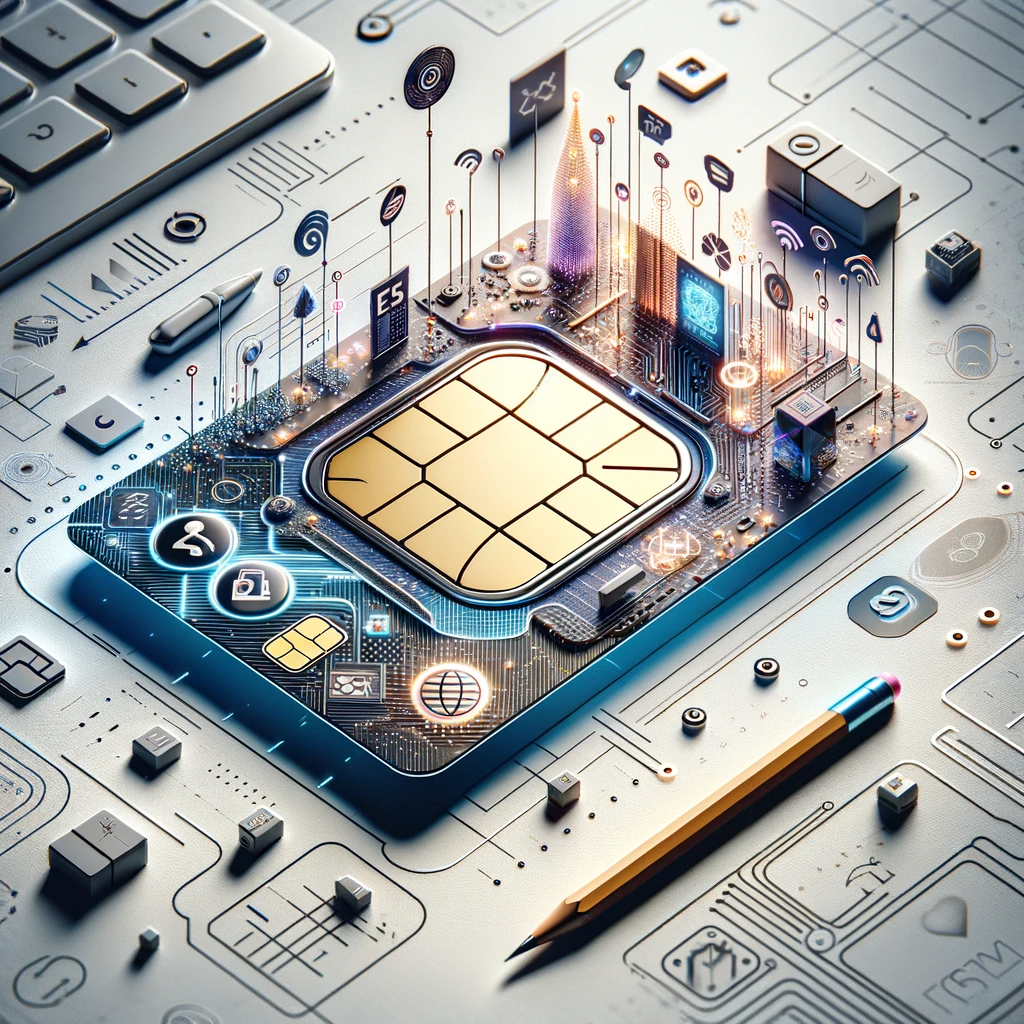What is a SIM card?
A SIM (Subscriber Identity Module) card is a small, removable smart card that is inserted into a mobile device, such as a smartphone or tablet. It stores important information, including the user's unique identification number, contacts, and network settings.
How do SIM cards work?
When a SIM card is inserted into a mobile device, it establishes a connection with the cellular network. It allows the device to communicate with the network, make calls, send text messages, and access mobile data.
What happens when a SIM card goes bad?
When a SIM card goes bad, it can cause various issues with the mobile device's functionality. Here are some common problems that may occur:
1. No network connection
A bad SIM card may result in a loss of network connection. The device may display "No Service" or "Emergency Calls Only" messages. This can prevent the user from making or receiving calls, sending messages, or accessing the internet.
2. Inconsistent signal strength
A faulty SIM card can lead to inconsistent signal strength. The device may constantly switch between different signal levels, causing dropped calls or poor call quality.
3. Error messages
When a SIM card goes bad, the device may display error messages related to the SIM card, such as "SIM Card Not Detected" or "Invalid SIM Card." These messages indicate that the device is unable to read the SIM card properly.
4. Inability to access contacts and data
A malfunctioning SIM card may prevent the user from accessing their contacts, text messages, and other data stored on the card. This can be particularly problematic if the user relies on the SIM card for backup or synchronization purposes.
5. SIM card lockouts
In some cases, a bad SIM card can lead to SIM card lockouts. This occurs when the device detects multiple failed attempts to unlock the SIM card's security code. As a result, the user may be temporarily or permanently locked out of their device.
How to fix a bad SIM card?
If you suspect that your SIM card is causing issues, here are some steps you can take to try and fix it:
1. Restart your device
Sometimes, a simple restart can resolve temporary issues with the SIM card. Turn off your device, remove the SIM card, wait for a few seconds, and then reinsert it. Turn on your device and check if the problem persists.
2. Clean the SIM card
Dust or dirt on the SIM card contacts can interfere with its proper functioning. Gently remove the SIM card from the device and clean the gold contacts using a soft cloth or cotton swab dipped in rubbing alcohol. Allow the SIM card to dry completely before reinserting it.
3. Contact your service provider
If the problem continues, contact your mobile service provider. They can help troubleshoot the issue and determine if a replacement SIM card is necessary. They may also assist in transferring your data to a new SIM card.
Conclusion
A bad SIM card can cause various problems with your mobile device's functionality, including network connection issues, inconsistent signal strength, error messages, and data access problems. If you experience any of these issues, try restarting your device, cleaning the SIM card, and contacting your service provider for further assistance.

